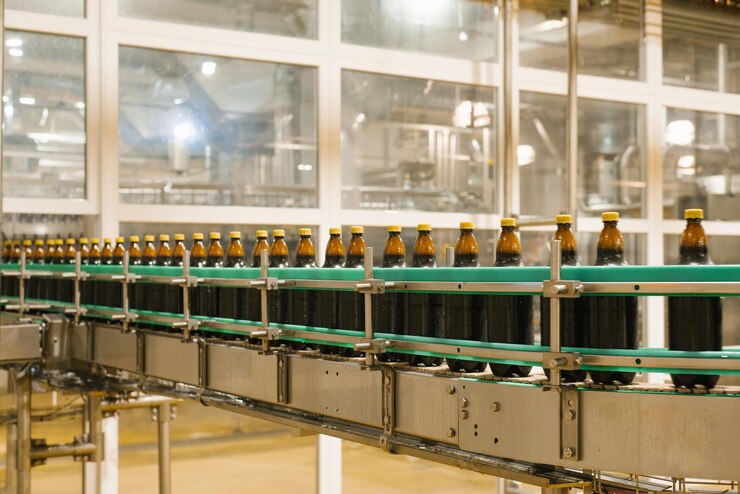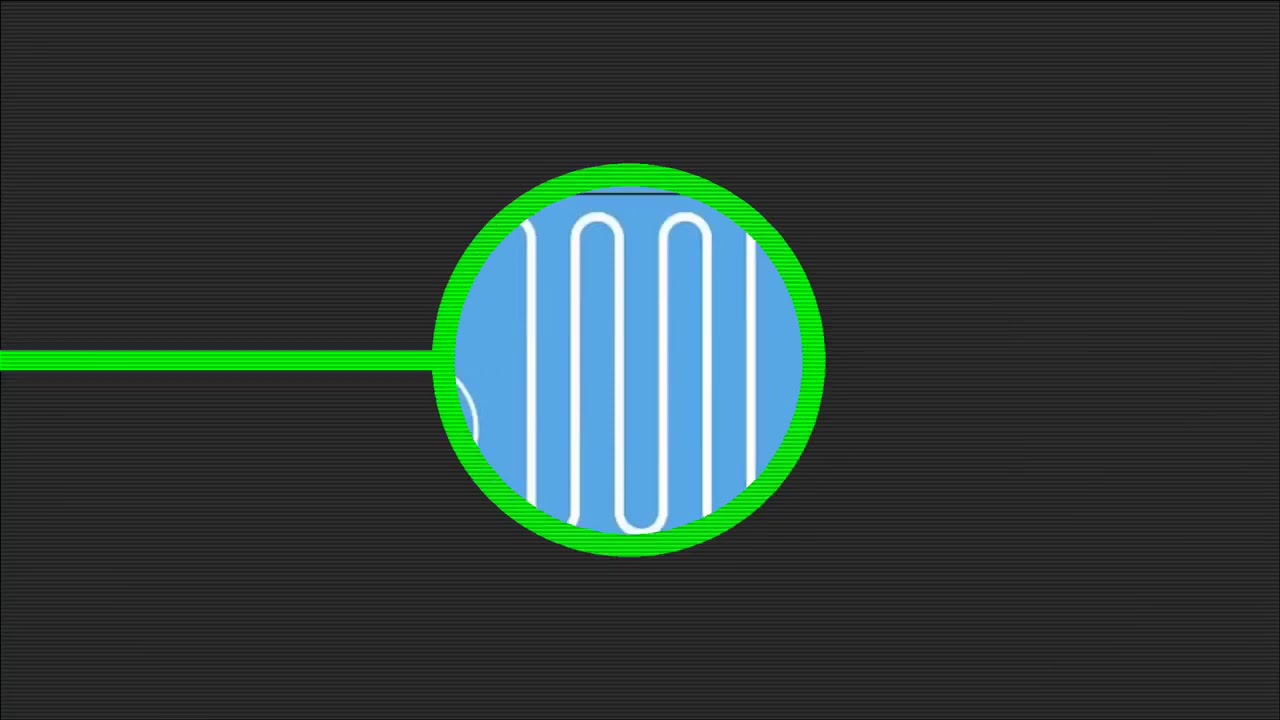Dealcoholization Process - How Does It Work?
Beer goes through a procedure called dealcoholization process in which the alcohol is evaporated. The ethanol in beer may be removed via reverse osmosis, water vapor, or distillation. Preconcentration, diafiltration, alcohol adjustment, and posttreatment are the four stages that make up dealcoholization process.
Author:Elisa MuellerReviewer:James PierceJan 16, 202349 Shares813 Views

Beer goes through a procedure called dealcoholization processin which the alcohol is evaporated. The ethanol in beer may be removed via reverse osmosis, water vapor, or distillation. Preconcentration, diafiltration, alcohol adjustment, and posttreatment are the four stages that make up dealcoholization process.
The term "dealcoholization" describes a significant but not entirely original notion. Humans have been grappling with alcohol since we first saw the intoxicating effects of fermented drinks. Whether it's for moral, cultural, or health reasons, or just to have more control over how a drink tastes and smells, dealcoholization has always been an option.
Non-alcoholic wines cater to those who, in today's sobering culture, want their libations to be subtler and less mind-altering. Teetotaler Wines' extraction procedure is so delicate that all of the wine's natural flavors and aromas survive. Not only are they fat-free, but they have less than half the calories of regular wine.
Dealcoholization Process
Alcoholic beverages, such as wine, have a drying, stinging impact on our taste receptors. When alcohol is eliminated, the impact becomes milder and sweeter. Particularly "dealcoholized" wine is produced in a conventional manner, but alcohol is subsequently extracted.
There are many potential options. The procedure known as "Vacuum Distillation" is a gentle extraction technique that preserves the flavor and fragrance of the wine.
In addition to lacking alcohol, non-alcoholic wines are fat-free and have less than half the calories of typical wines. This translates to around 22 calories per glass, as opposed to the average of 100 calories in alcoholic wines.

Zero Alcohol Dealcoholized or Low Alcoholic: How is it Made
Reverse Osmosis
Brewing at high pressure removes the bigger molecules by forcing the liquid through a membrane. The beer's taste and calories, which are bigger than the water and alcohol molecules, are left behind.
An extreme beer concentration is at one end, while alcohol and water make up the other. The alcohol is subsequently distilled using high-tech pressure equipment, with the resulting distillate going into the beer.
Gas Stripping
The fact that alcohol and water are highly soluble in each other is used by brewers to de-alcoholize beer. The beer is heated gradually in a vacuum and then passed through water vapor or an inert gas such as nitrogen.
This removes the beer while retaining the alcohol. Nonetheless, some of the tastes may join the beverage. Some sophisticated devices will remove the alcohol's flavor and then return it to the beer.
Spinning Cone Alcohol Removal
Due to its gentle alcohol removal, the spinning cone column is suitable for wines and other beverages. High heat and pressures may harm delicate aroma, flavor, and texture constituents.
The spinning cone column is advanced distillation. Under a vacuum, the wine is not heated. The vacuum column's rapidly rotating cones generate a vapor-thin wine layer, greatly enhancing efficiency. The wine barely hits 35-45°C for 25 seconds.
Only a small fraction of table wines have to be processed to lessen their alcohol content, preserving their organoleptic features and saving money. Beer, coffee, and flavor essences employ spinning cone technology internationally.
Other uses are:
- Wine and beer de-alcoholization.
- Balanced alcohol.
- Grape juice desulfurization.
- Innovation via aromatic and flavor extracts.
Beer Dealcoholisation Spinning Cone Column
Alcohol removal from full-strength beer in order to produce Non-Alcoholic Beer (NAB) and Low-Alcohol Beer is one of the numerous commercial uses of this innovative technology (LAB).
Traditional methods for generating NAB or LAB have many disadvantages, including:
- High thermal impact results in substandard production.
- Large utility usage demand or effluent volumes
- Complex manufacturing procedure requiring degassing or extra filtering.
In comparison, the primary advantages of the Spinning Cone Column technique for NAB production are as follows:
- Alcohol reduction to 0.05% abv in a single run with no product degradation.
- Significantly less energy use than competing methods.
- By preventing external reflux and limiting dwell duration, exposure to excessive temperatures is prevented.
- Absence of beer content during alcoholization (no makeup water required).
- Having the ability to produce unfiltered beer boosts production by eliminating the need for filtering.
- There is no need to de-gas the feed beer prior to alcohol removal.
- Possibility to extract beer scent from alcoholic condensate.
- Plant capable of producing both NAB and LAB goods.
- A generator for pure steam is used to create steam.
- During alcohol removal, a high-strength, premium spirit is generated.
- With complete Clean-in-Place (CIP) capabilities, the design is hygienic.
- No effluent issues.
Several brewers have now installed Spinning Cone Columns for the manufacture of top-grade NAB and LAB products.
Dealcoholization Equipment
Use the self-contained, fully-automated Alfa Laval Lowal dealcoholization system to de-alcoholize all beer and fermented low-alcohol drink kinds in the same facility. Low-temperature processing protects the beer's inherent flavor and prevents the beer's flavor from deteriorating despite the de-alcoholization procedure. The outcome is better quality non-alcoholic or low-alcohol beer and a more energy-efficient manufacturing process.
This conventional spiral membrane filtering system for de-alcoholization is batch-operating plug-in equipment. We designed it, particularly to de-alcoholize beer and other low-alcohol fermented beverages in a practical and cost-effective manner.
It is skid-mounted for easy installation and is readily expandable to accommodate output growth. The Cleaning-in-Place (CIP) system and automated cleaning operations provide reduced maintenance and replacement costs for the de-alcoholization process.
People Also Ask
What Does Dealcoholized Mean?
De-alcoholized drinks start out life as conventional alcoholic drinks, but when fermentation is complete, the alcohol is removed using techniques like reverse osmosis or vacuum distillation.
How Is Dealcoholized Beer Made?
Most non-alcoholic beers are made using a controlled fermentation process. It's a process that's often called "arrested fermentation." In order to make a beer that won't get you drunk, you must ferment it, in the same way, alcoholic beers are fermented but halt the fermentation process before it finishes.
How Alcohol Is Removed From Wine?
In reverse osmosis, wine is pushed across a membrane at a higher pressure than the osmotic pressure, forcing smaller-molecular-weight molecules such as ethanol and water to diffuse preferentially through the membrane, effectively eliminating the alcohol from the wine.
What Is The Difference Between Non-alcoholic And Dealcoholized?
In contrast to conventional or full-strength wine, de-alcoholized wine contains less alcohol. Dealcoholized wine begins as ordinary wine before some or the majority of its alcohol content is removed. It differs from alcohol-free wine, which normally contains no alcohol, to begin with.
Final Thought
The dealcoholization process provides brewers, distillers, and winemakers with the increased flexibility of eliminating alcohol from their final product in a single pass and at lower temperatures, keeping the aromatic nuances without the need for numerous runs through the cones.

Elisa Mueller
Author

James Pierce
Reviewer
Latest Articles
Popular Articles